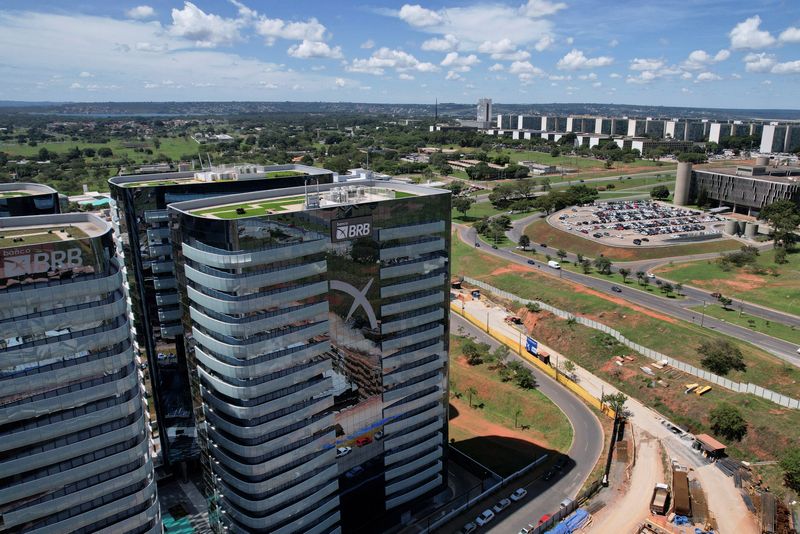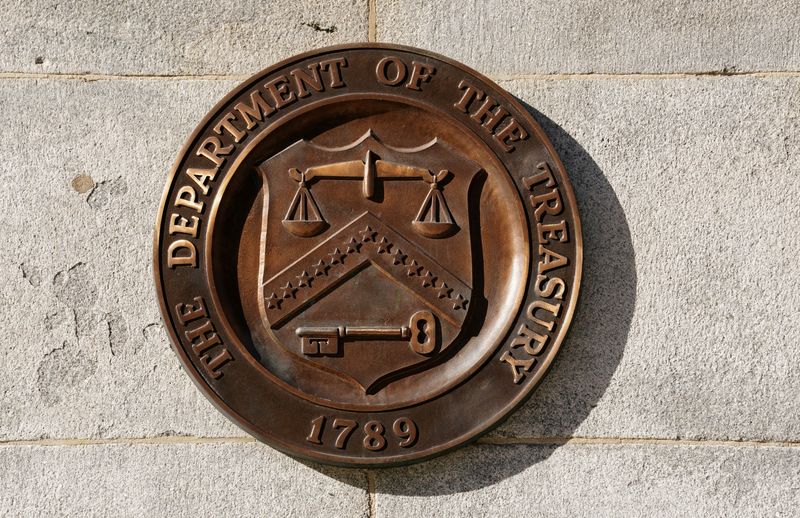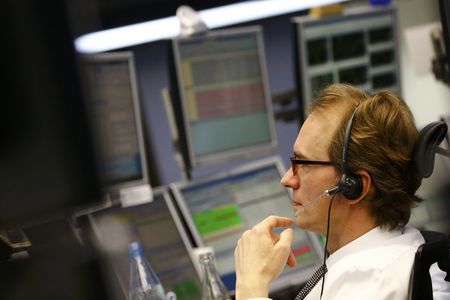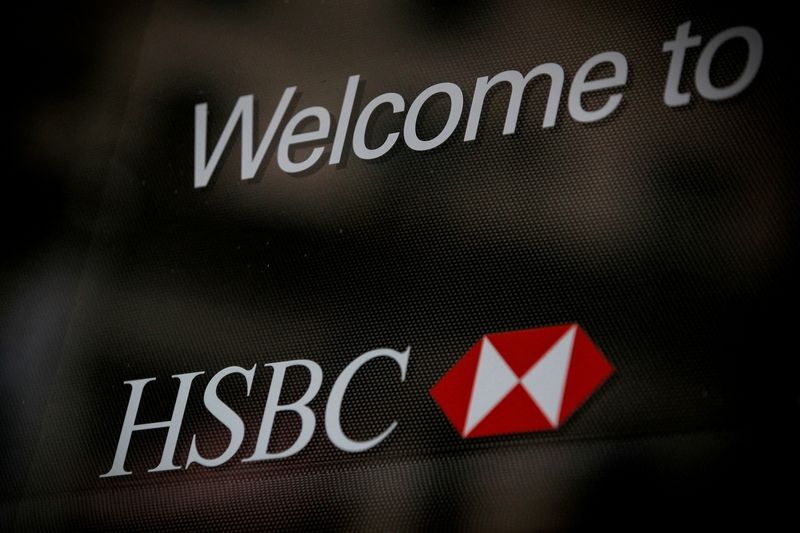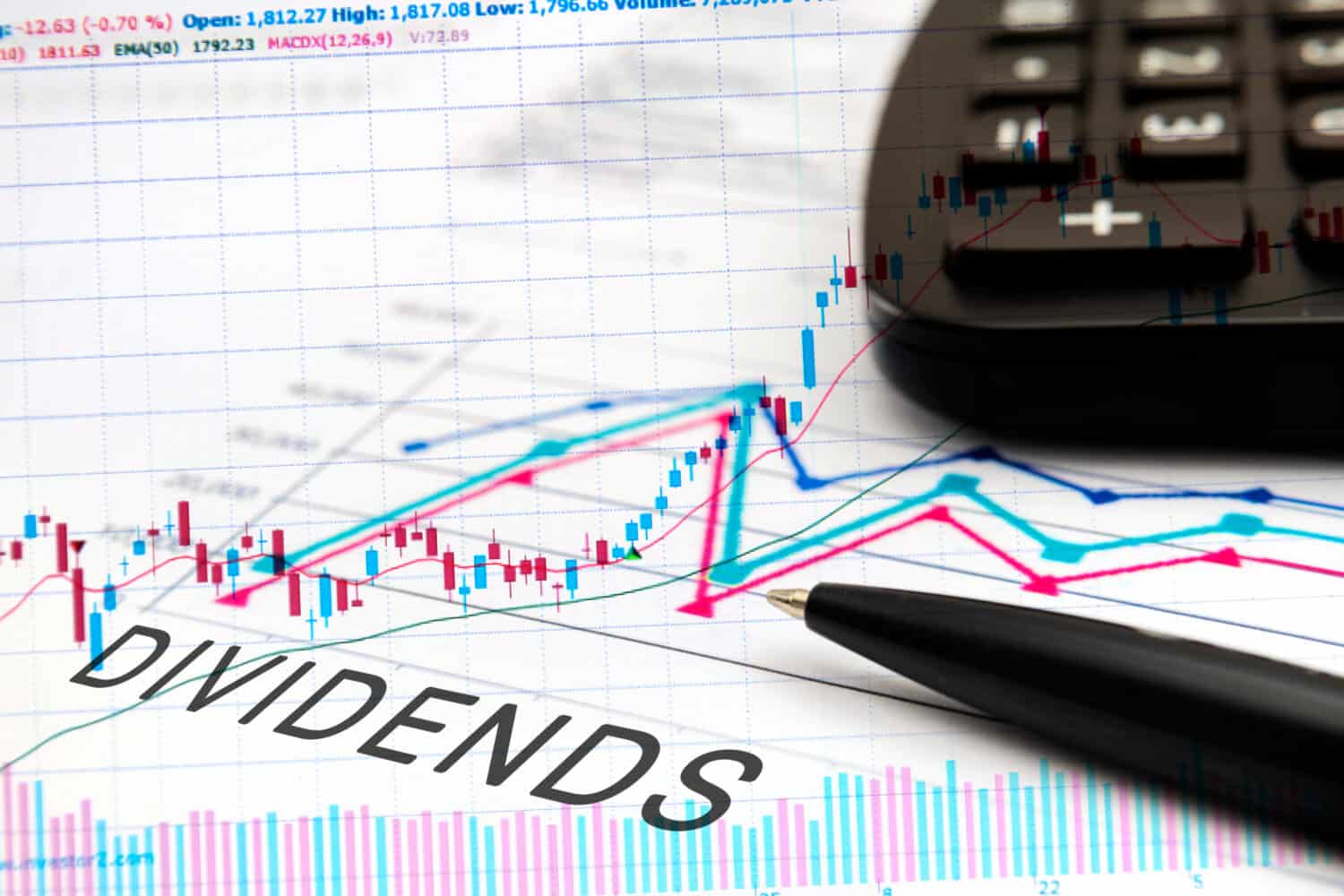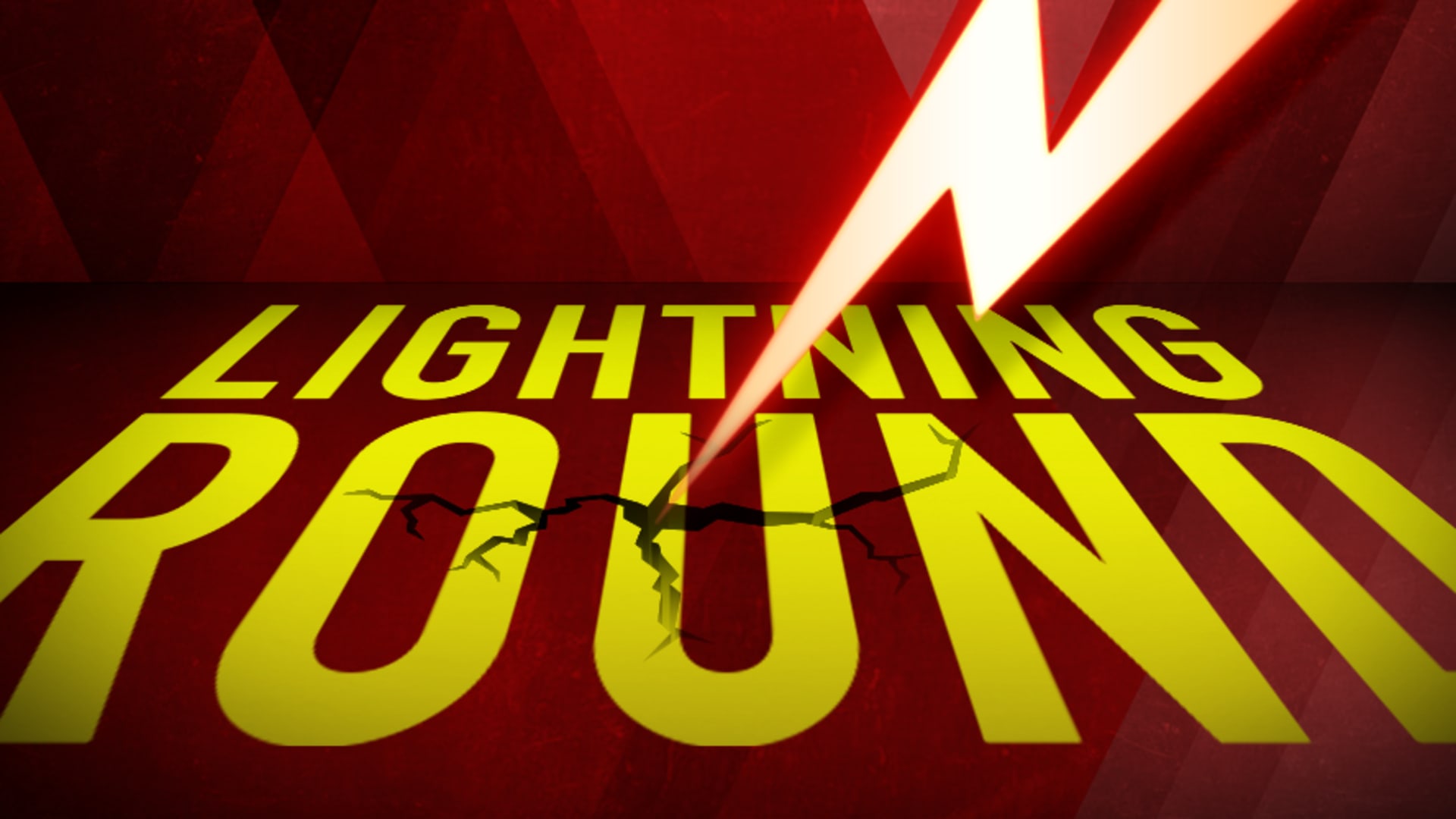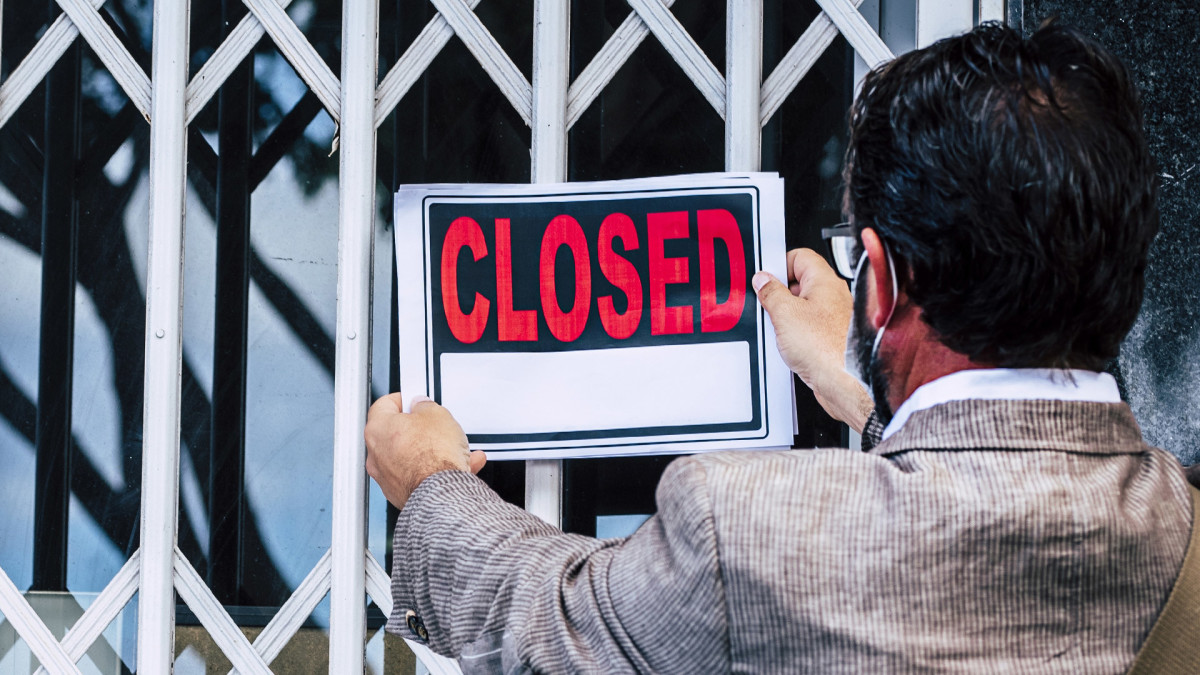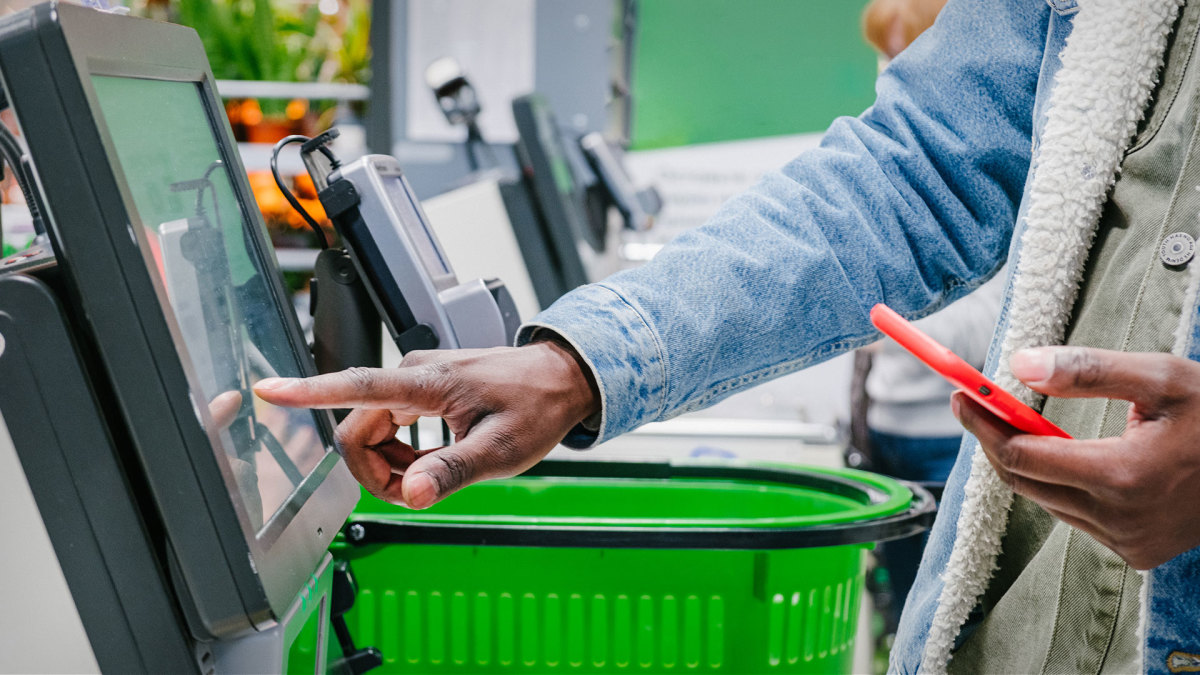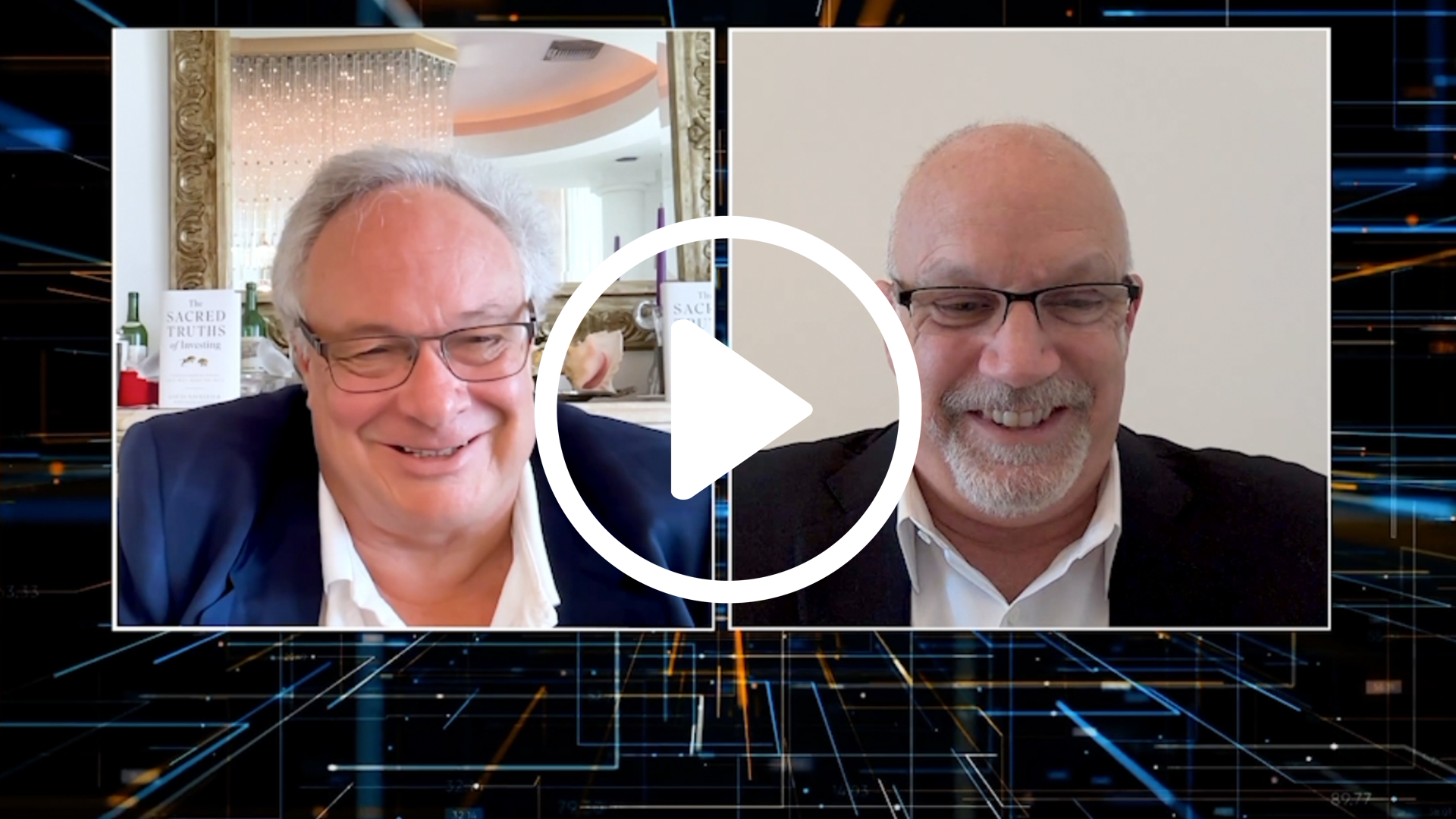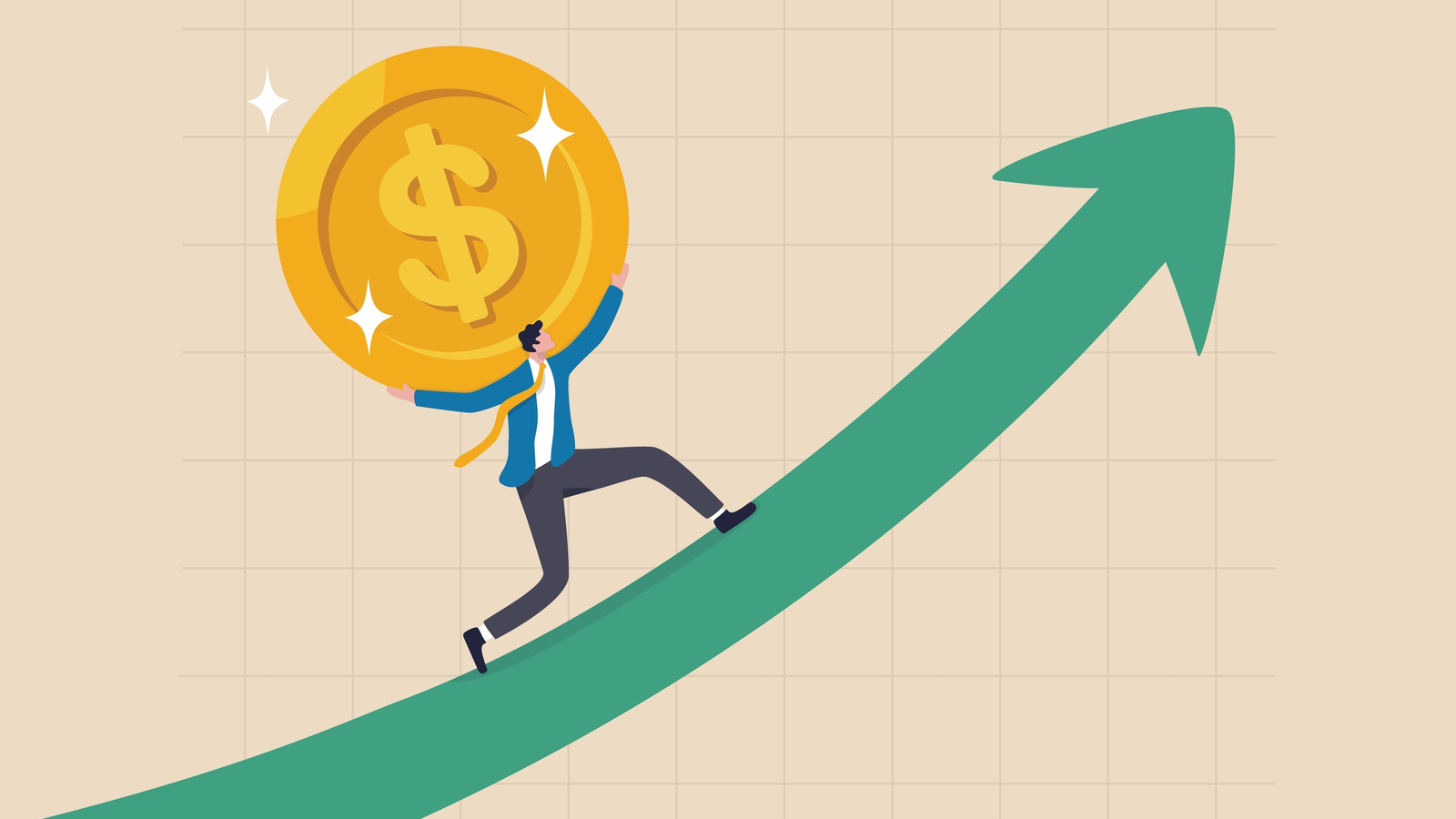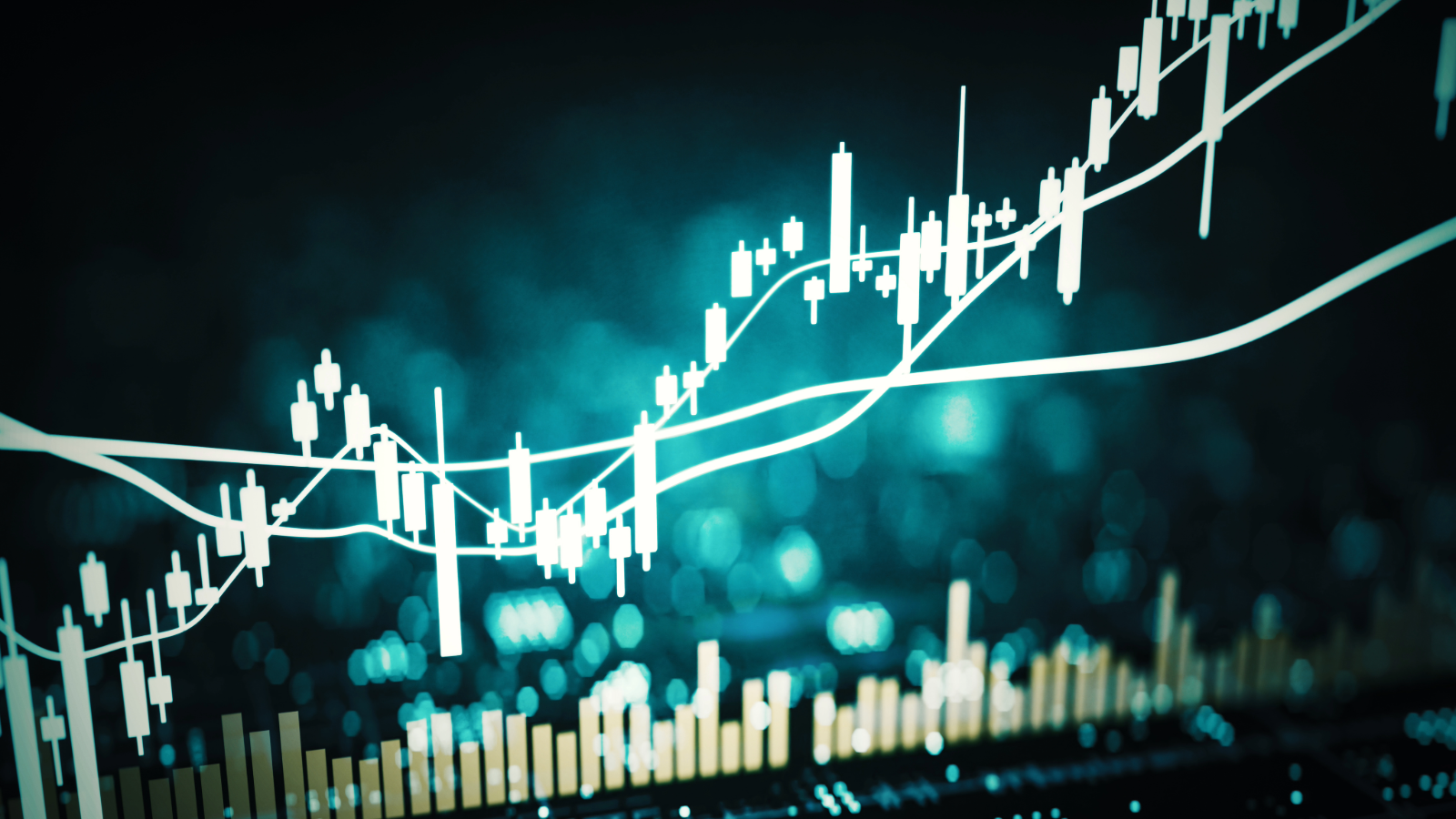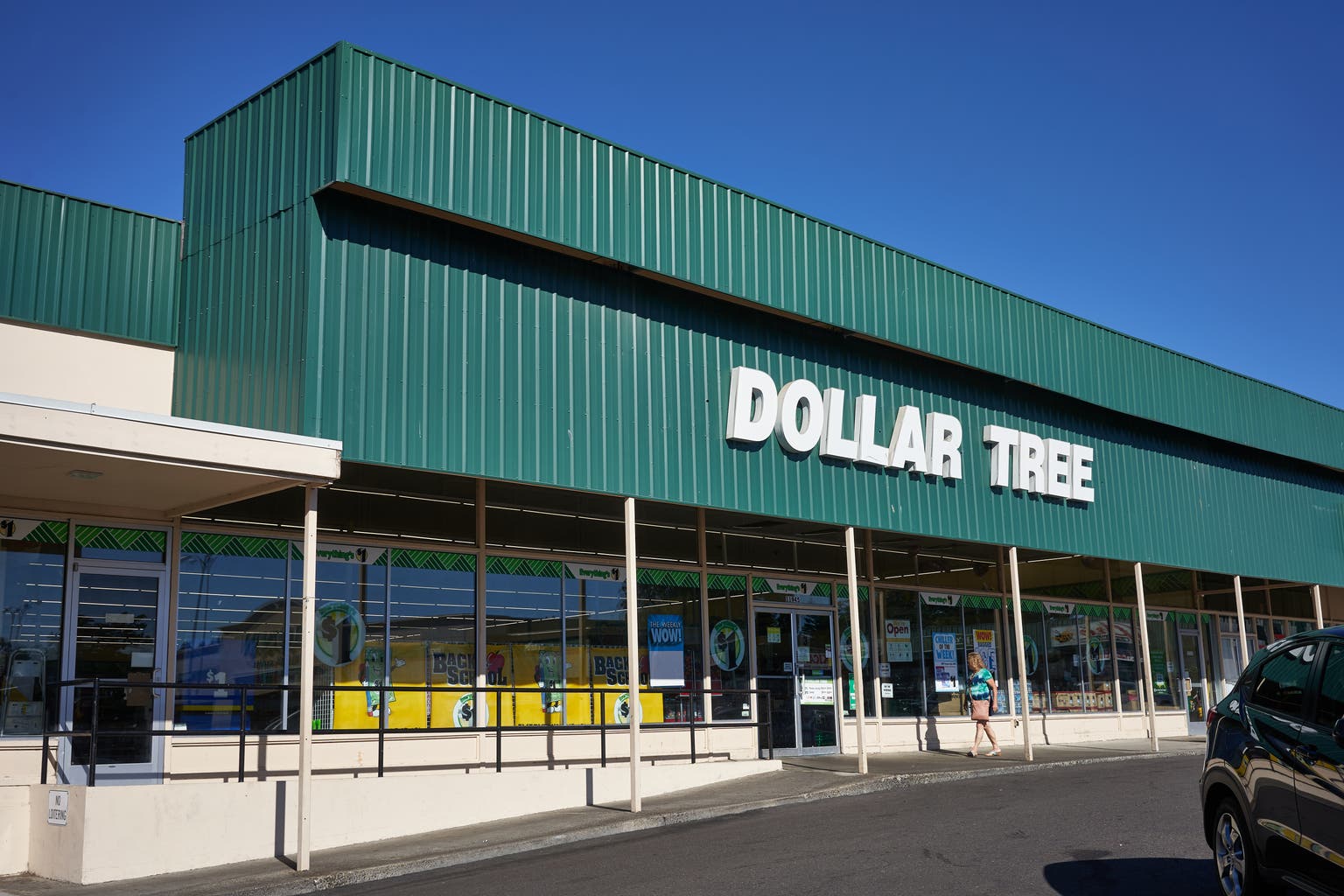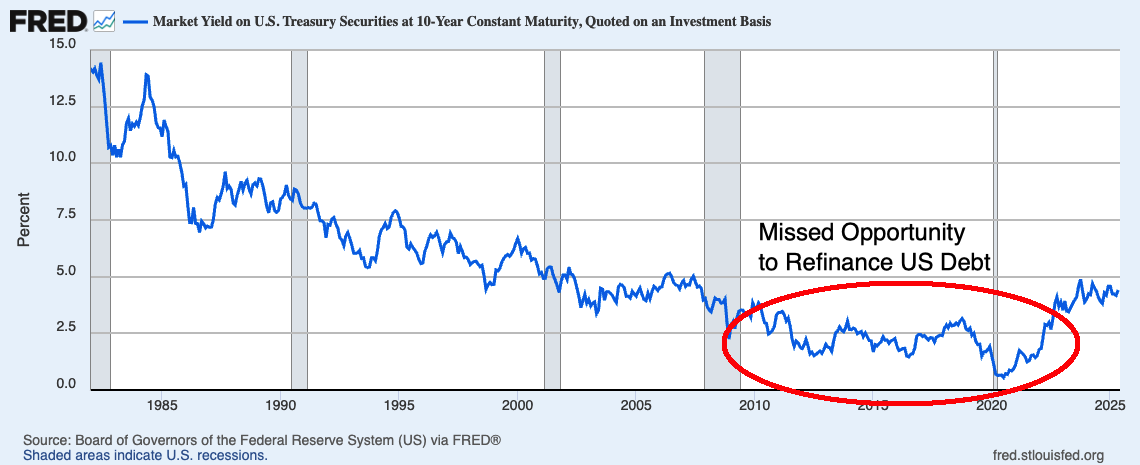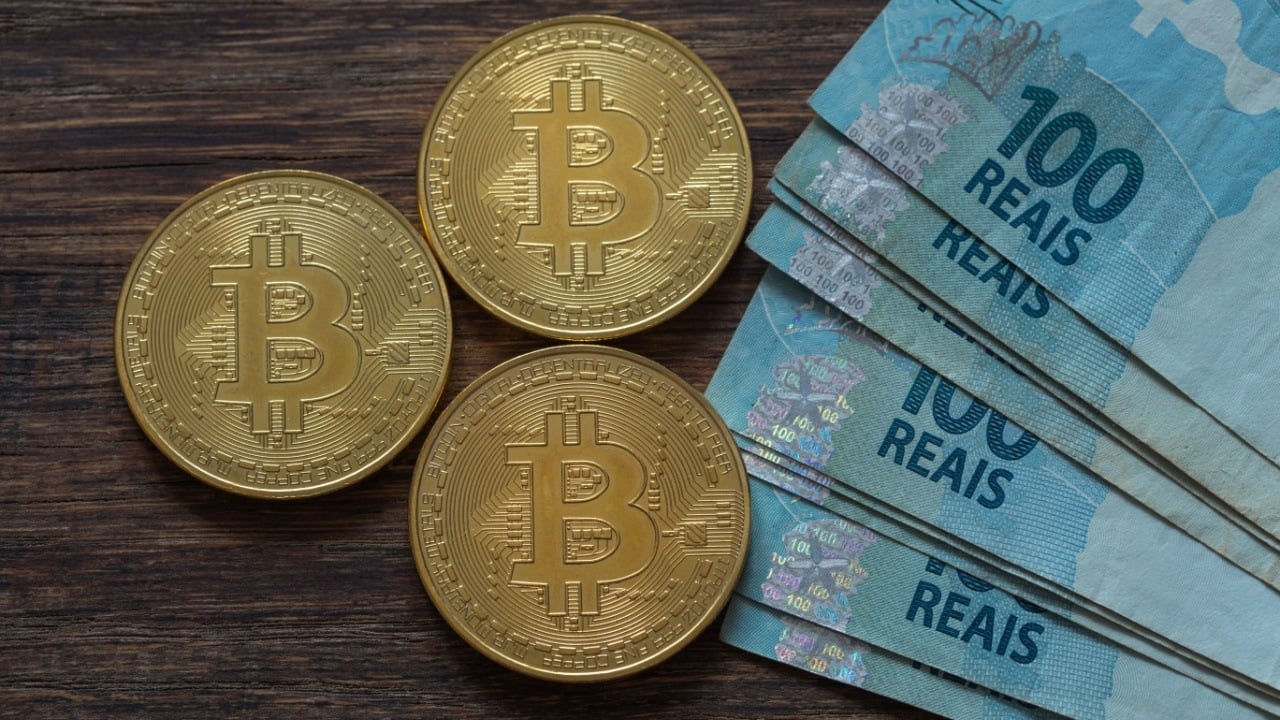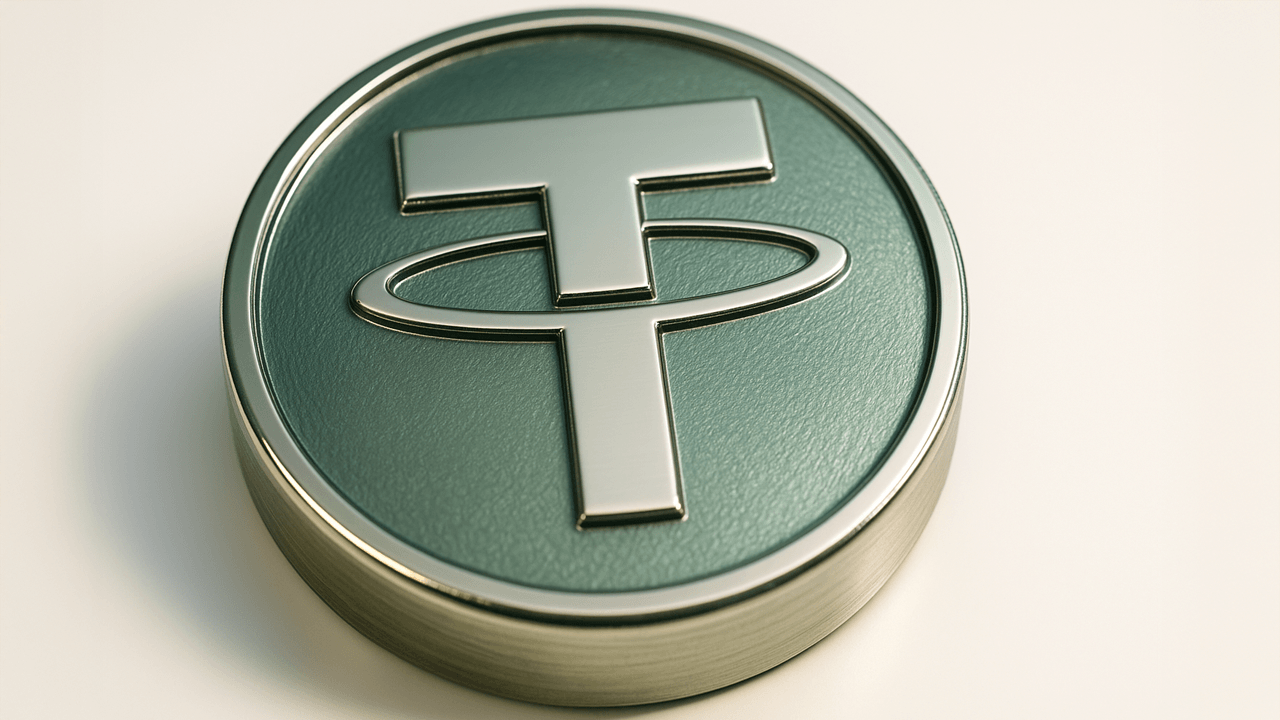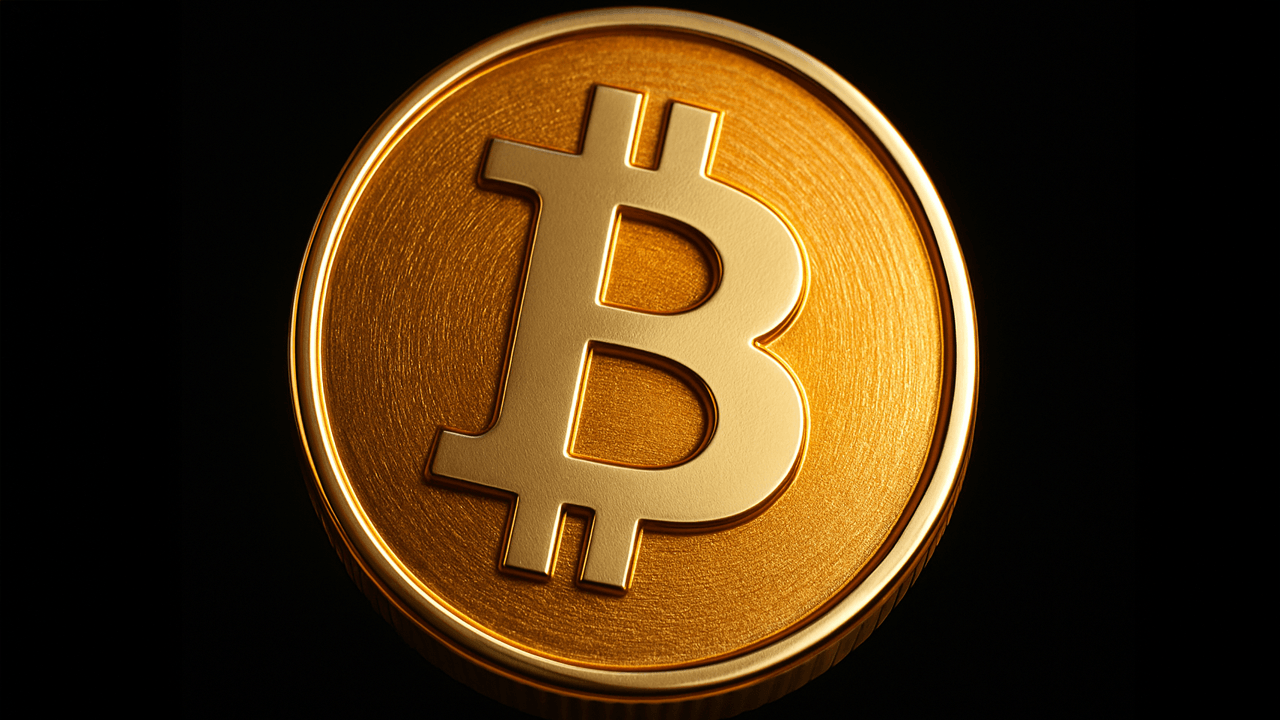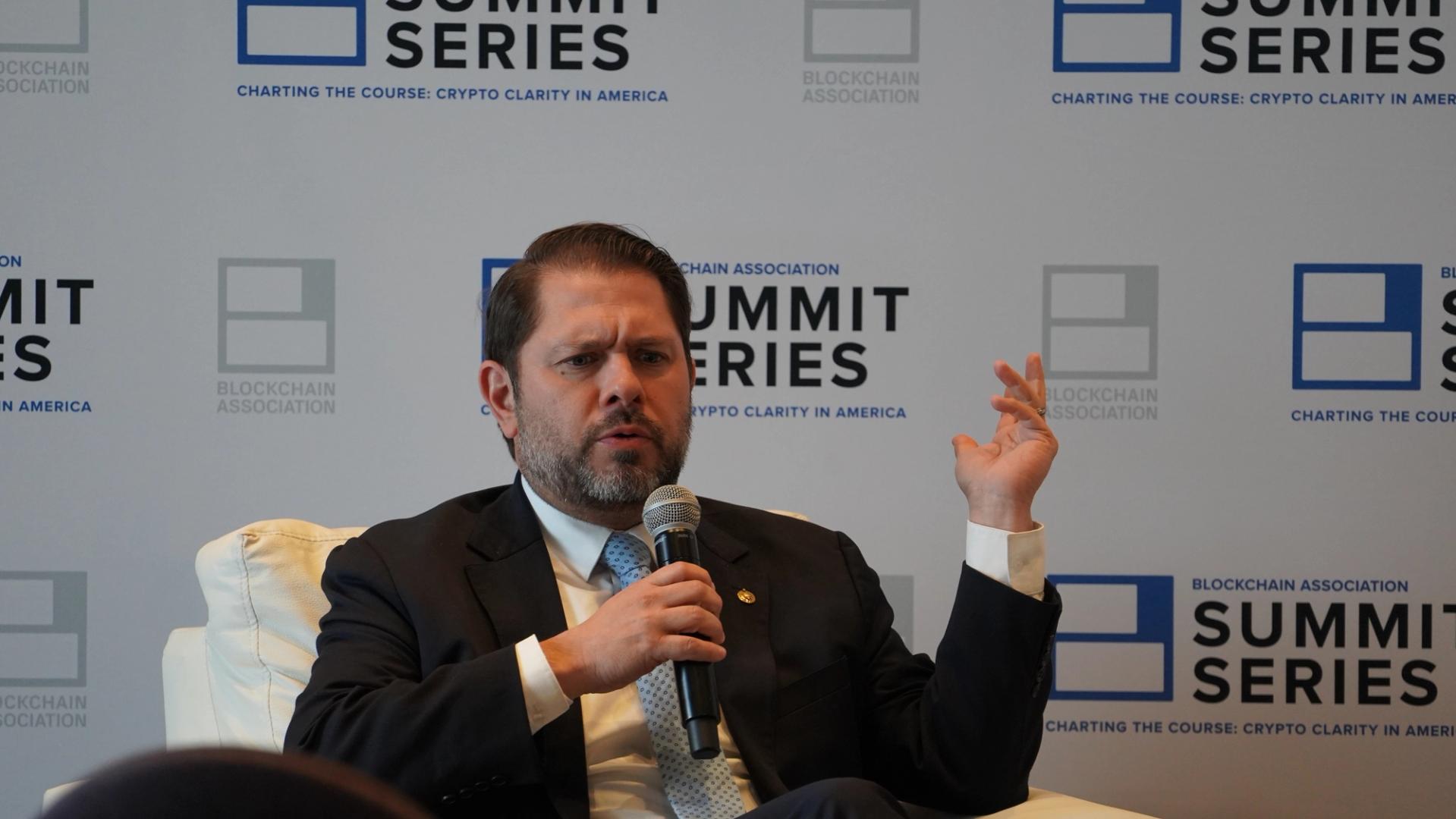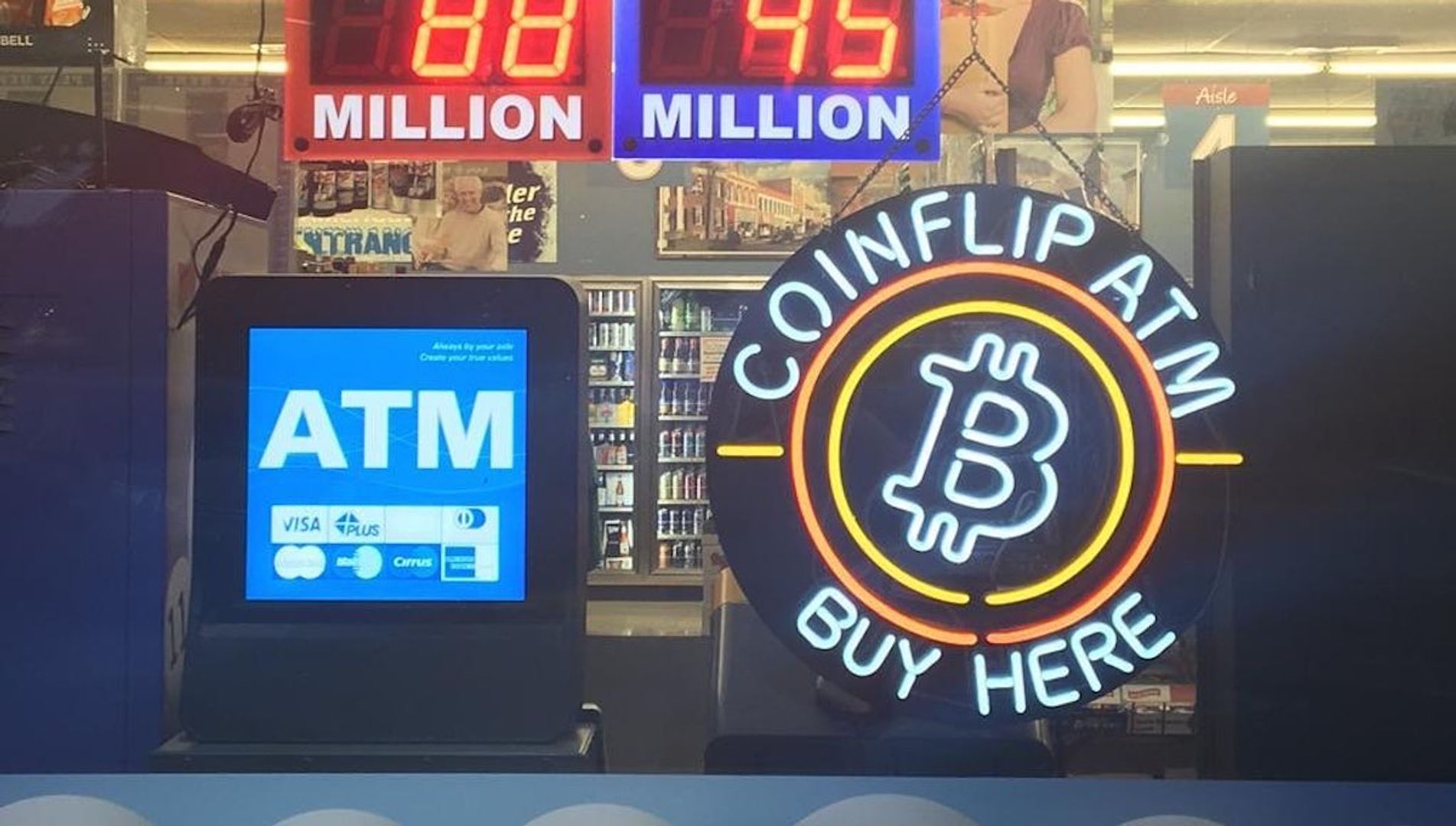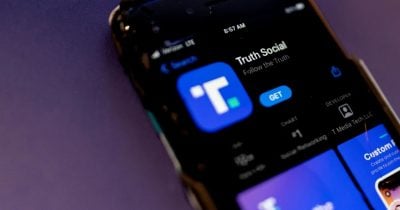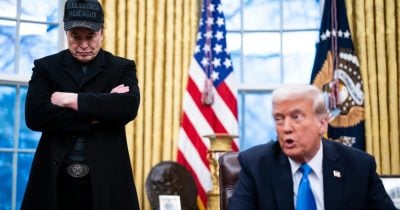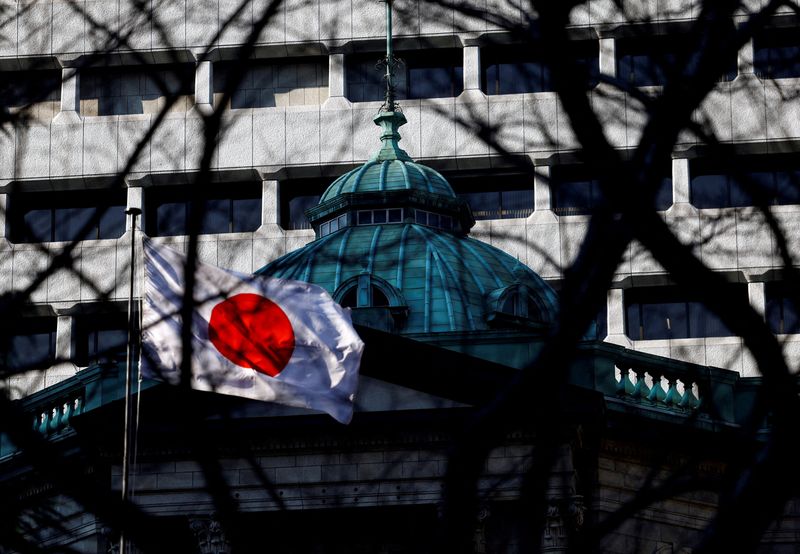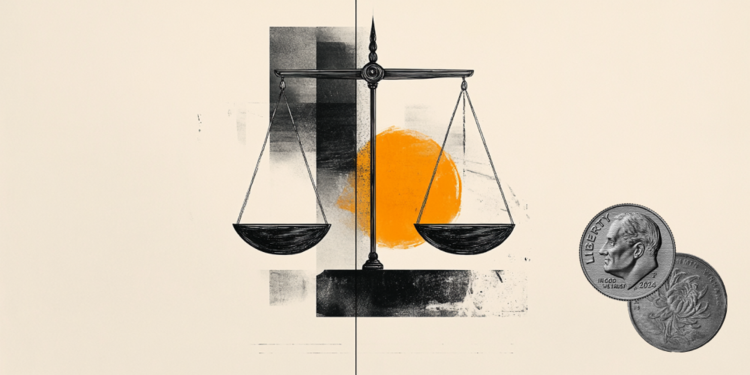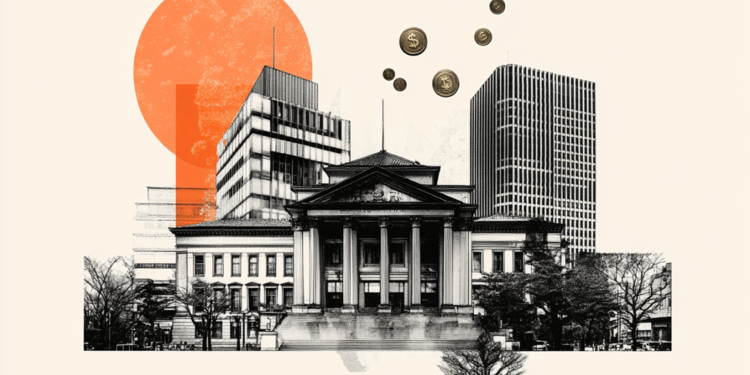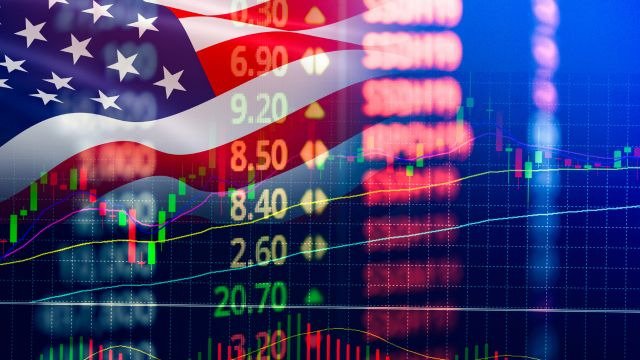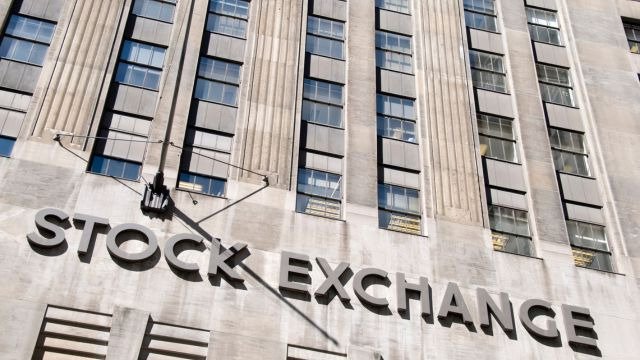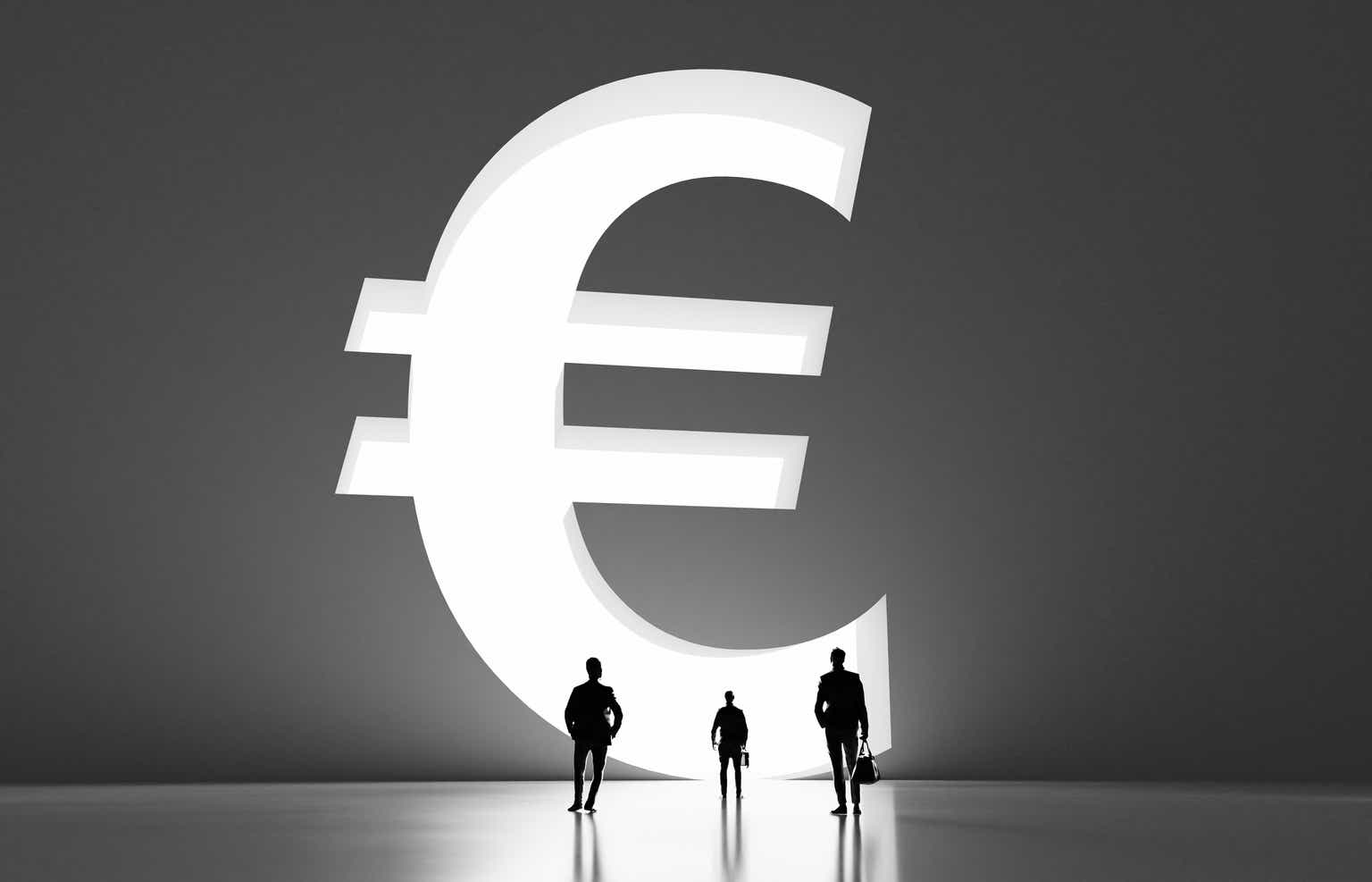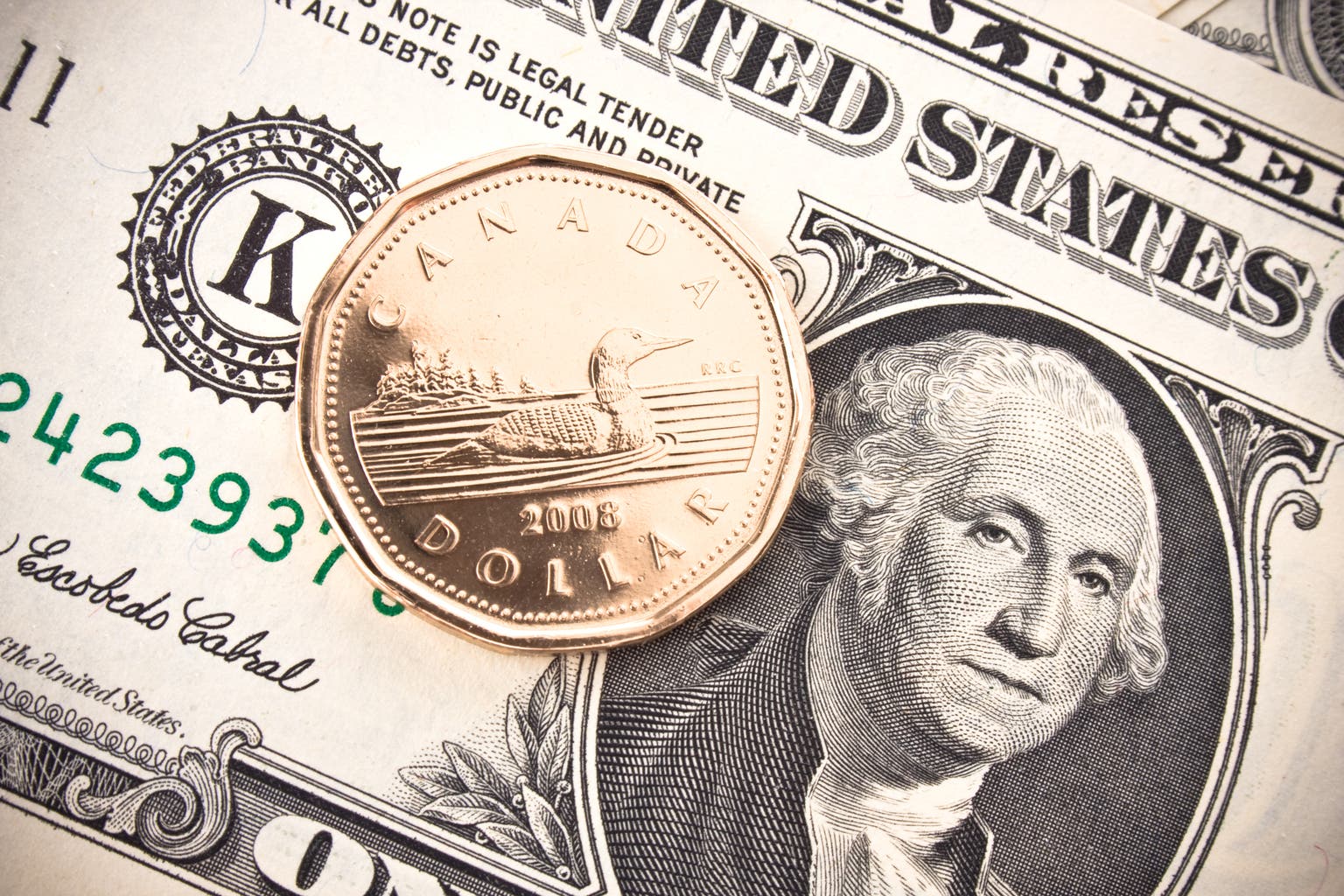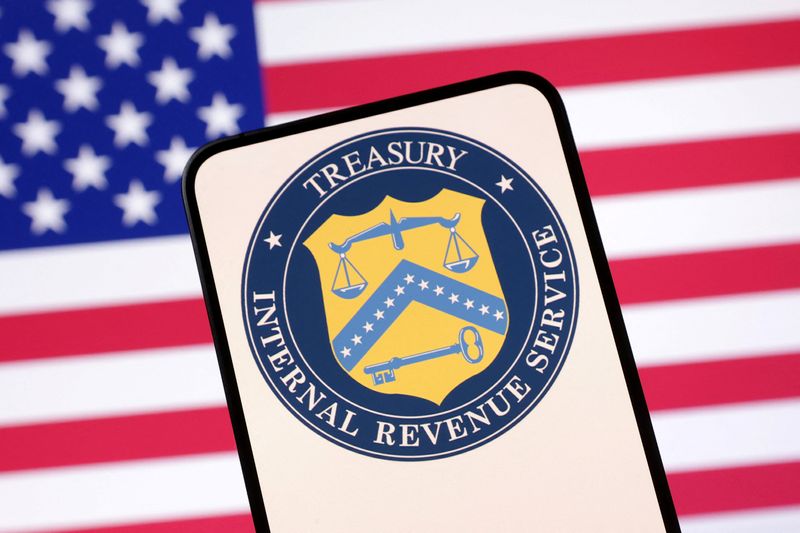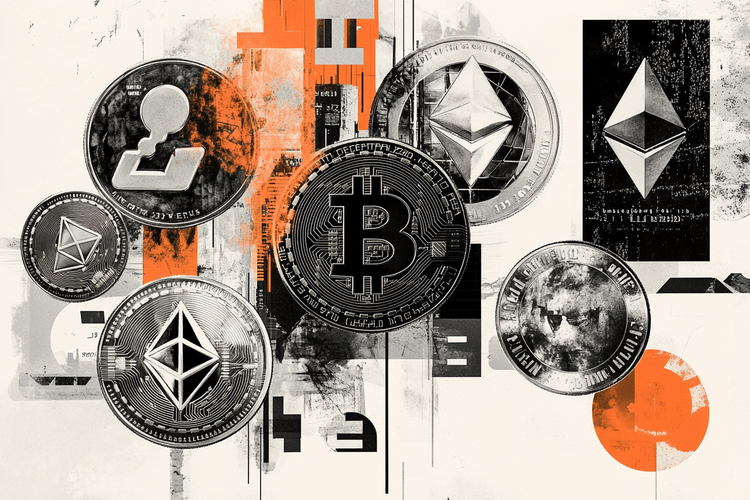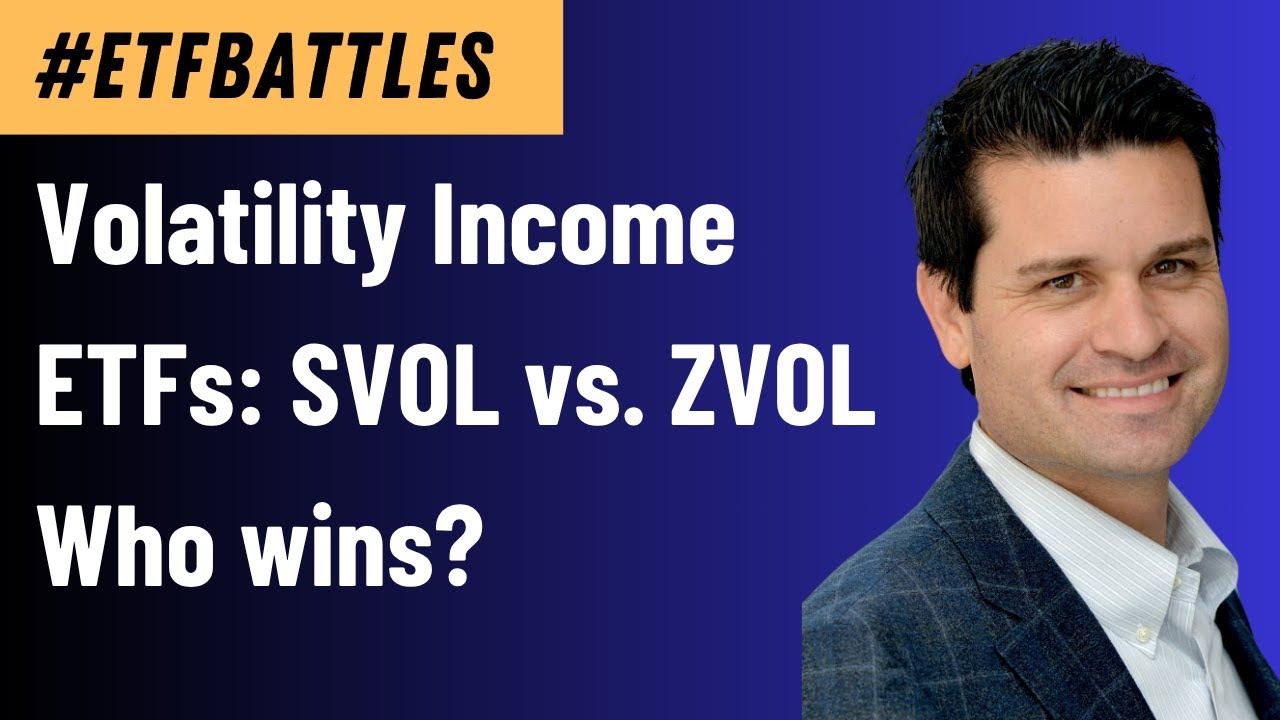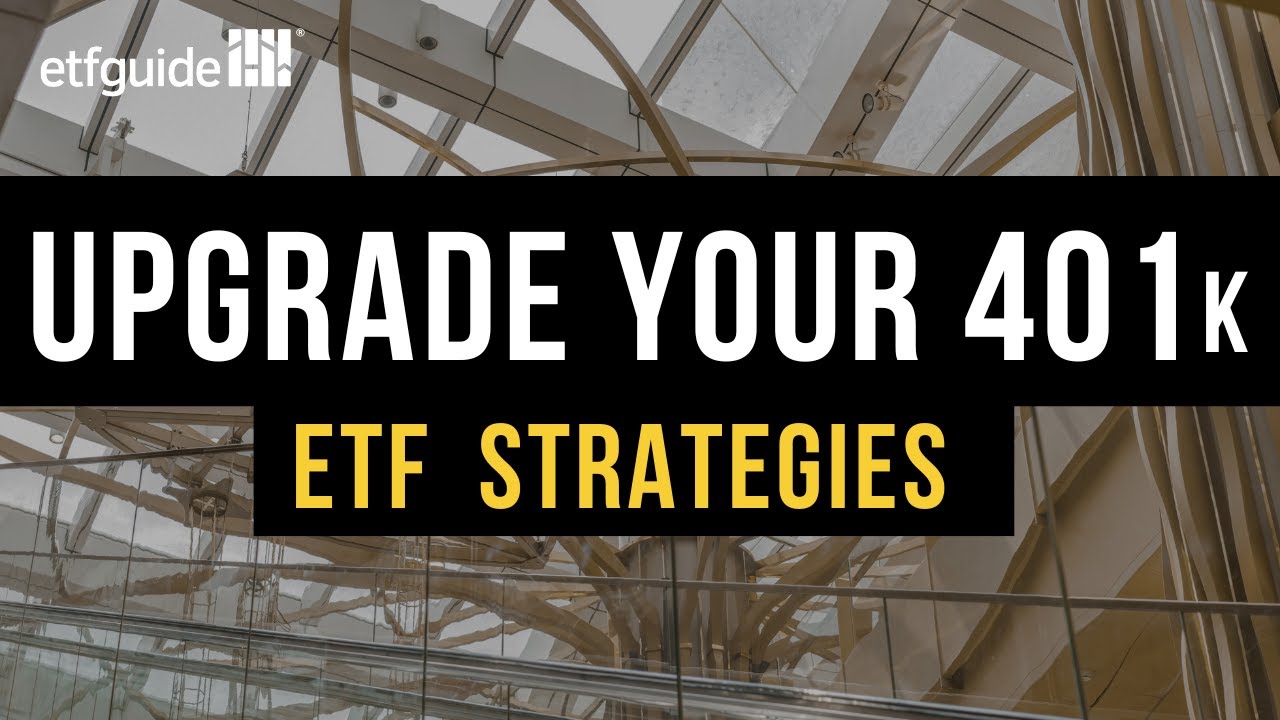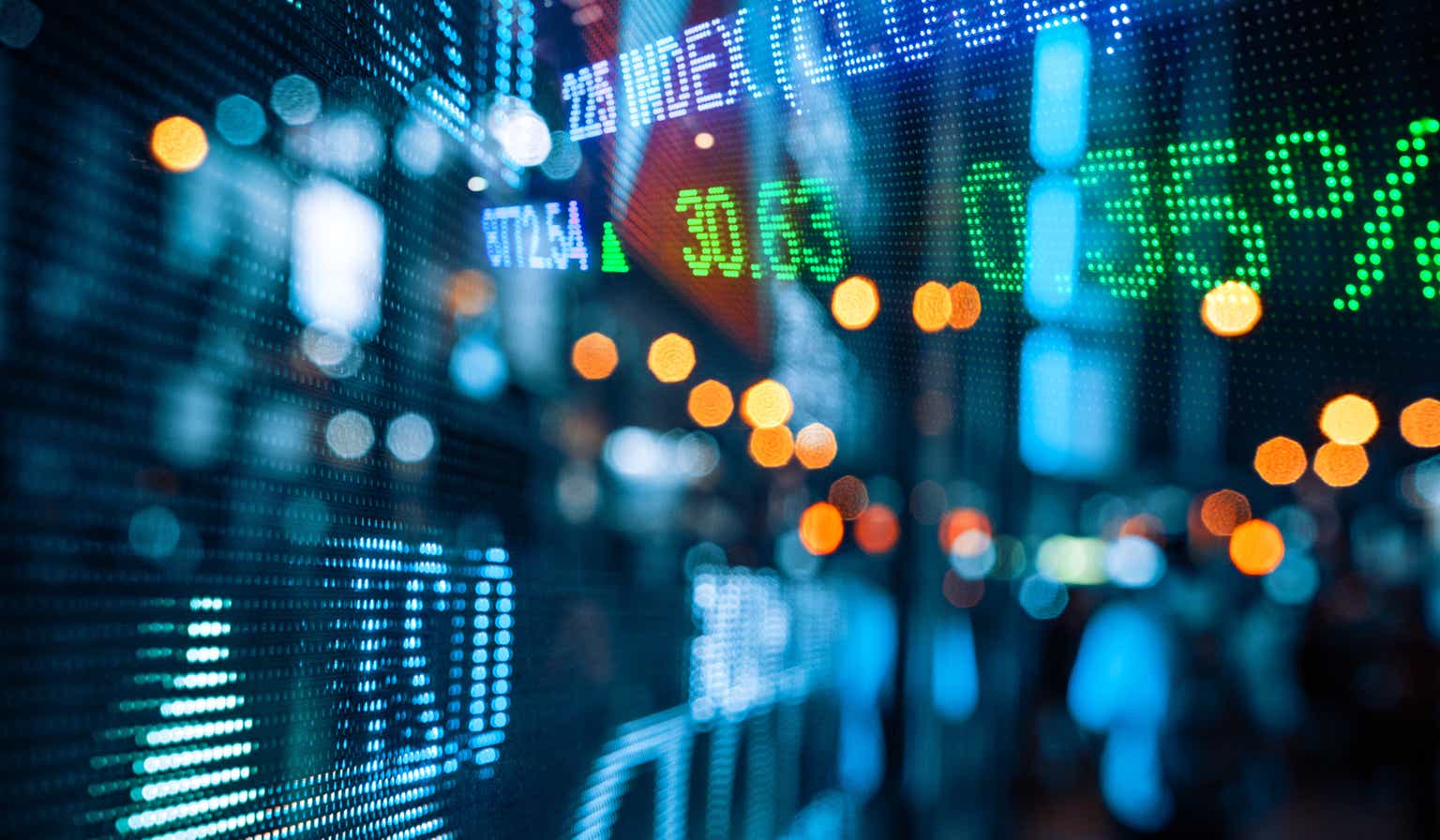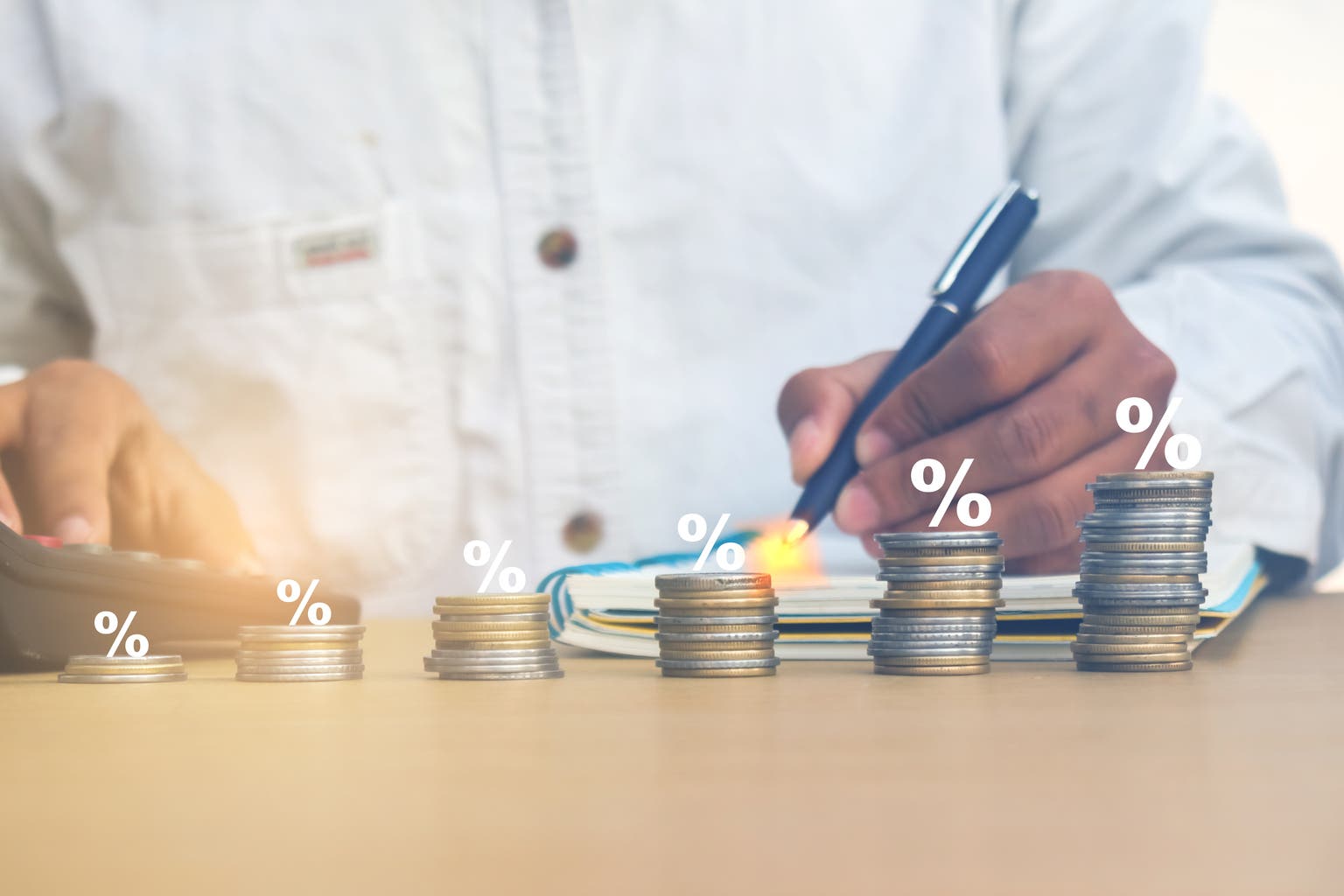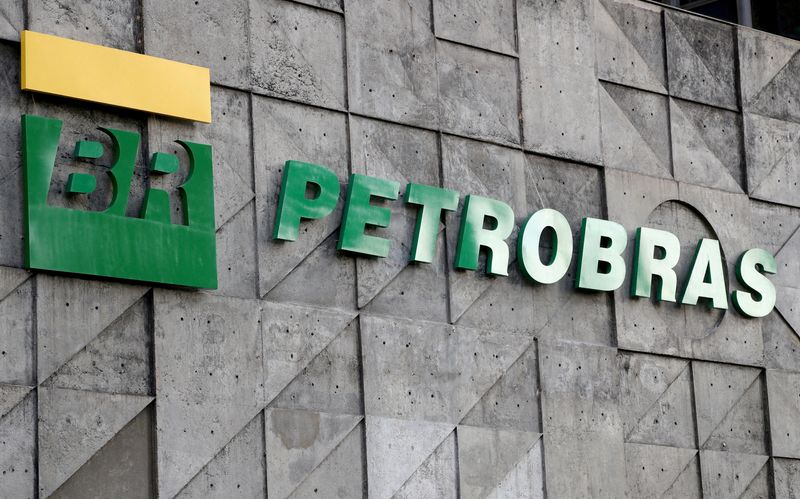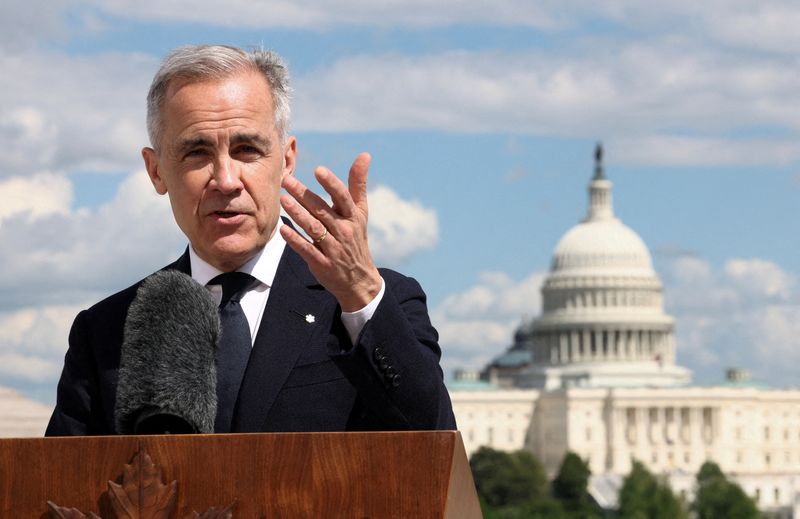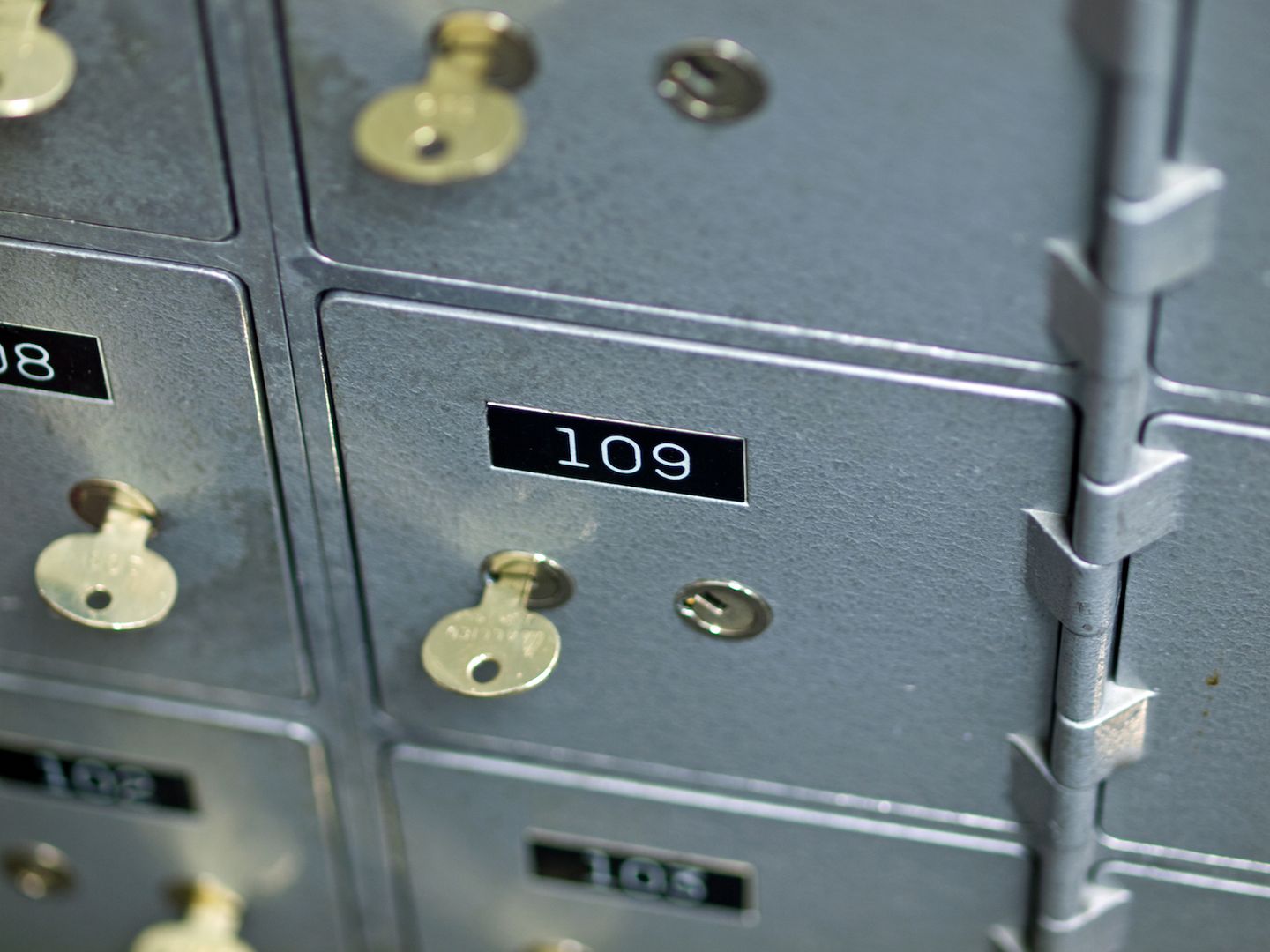Bitcoin Moonshot? Trader Bets on 28% Surge in BlackRock's Spot BTC ETF by Month-End
The options market for IBIT turned bullish, with calls becoming more expensive than puts, indicating renewed optimism.

A bold bet on BlackRock's spot bitcoin BTC ETF (IBIT) crossed the tape Tuesday, suggesting expectations for a "moonshot" or rapid price surge in the world's largest publicly listed fund by month-end.
On Tuesday, a trader picked up 3,000 contracts of the IBIT $77 strike call option expiring on June 27, according to data source Barchart.com. The trader paid a total premium of $39,000 for the bullish exposure.
A call option gives the purchaser the right, but not the obligation, to buy the underlying asset at a predetermined price on or before a later date. A call buyer is implicitly bullish on the market.
The $77 strike call represents a bet that prices will cross that level before the expiry. In other words, the bitcoin-tracking ETF, which closed Tuesday at $60.40, is expected to rally by over 28% by June 27.
Pseudonymous observer EndGame Macro called it a high-conviction bet on a bullish breakout.
"With IBIT trading around $60.40 and the $77 strike sitting roughly 28% out of the money [above the spot price], this trader is either anticipating a major catalyst like a surge in ETF inflows, a macro pivot, or a regulatory greenlight or they’re hedging a much larger directional exposure," EndGame Macro said.
"Whether it’s a calculated moonshot or part of a broader positioning strategy, one thing’s clear: they’re expecting serious volatility before June 27," EndGame Macro added.
Bull mood returns
Overall, the mood in the IBIT options market shifted bullish on Tuesday, with the one-year put-call skew turning negative, according to data source Market Chameleon.
The negative shift indicates calls, offering asymmetric upside exposure, are again trading relatively costlier than puts,
The renewed bullish shift follows a brief period from last week when puts traded at a premium to calls, reflecting downside fears.





